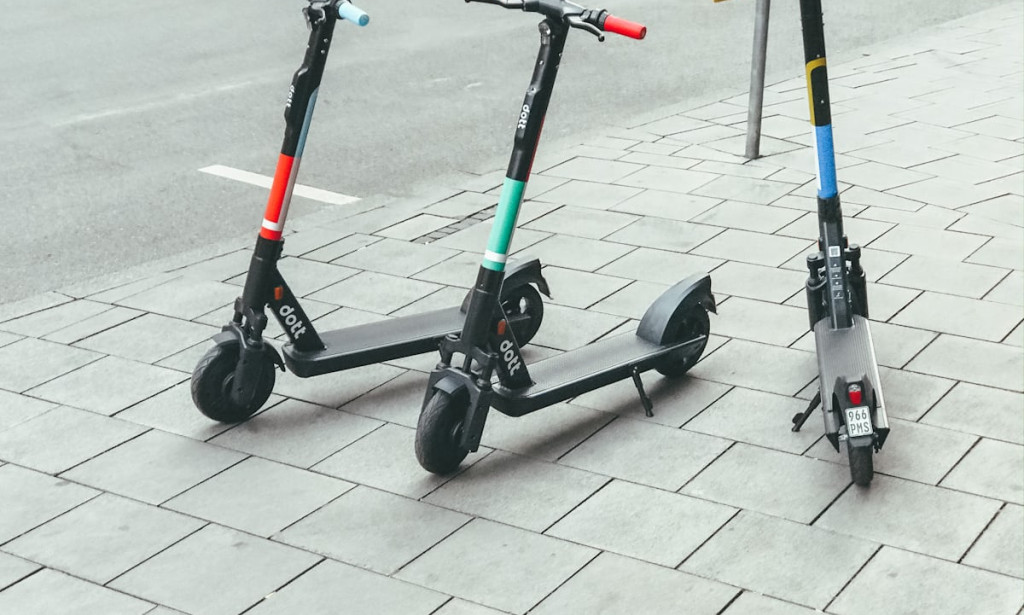The Use of Mobility Scooters Without a Disability: Considerations and Guidelines
Chapter 1: Introduction
Mobility scooters are commonly associated with individuals who have difficulty walking or moving independently. However, some people without disabilities may consider using them for convenience or other personal reasons. This article explores the legal, ethical, and practical implications of using a mobility scooter without a disability.
Chapter 2: Purpose of Mobility Scooters
Mobility scooters are primarily designed to assist individuals with mobility impairments, providing them with independence and ease of movement. These devices help those with physical limitations navigate public and private spaces efficiently. Understanding their intended purpose is crucial when considering their use by individuals without disabilities.
Chapter 3: Legal Considerations
Laws and regulations regarding mobility scooter use vary by country and region. Some jurisdictions restrict their use to individuals with certified mobility impairments, while others allow general use. Key legal considerations include:
-
Licensing and registration: Some areas may require registration or a medical justification for usage.
-
Public access laws: Certain pedestrian zones or transportation services may limit use to those with disabilities.
-
Rental policies: Businesses that rent mobility scooters often have policies specifying who can use them. Checking local regulations before using a mobility scooter without a disability is essential.
Chapter 4: Ethical and Social Implications
Using a mobility scooter without a legitimate need can raise ethical concerns, including:
-
Taking resources from those in need: If a limited number of scooters are available, occupying one unnecessarily could deprive someone who genuinely needs it.
-
Public perception: People may view non-disabled individuals using mobility scooters as inappropriate or misleading.
-
Potential stigma: Some individuals with disabilities face social stigma, and improper use of mobility scooters could contribute to misunderstandings about their necessity.
Chapter 5: Practical Considerations
Before using a mobility scooter without a disability, consider these practical aspects:
-
Availability and accessibility: If using a rental, ensure it does not impact the availability for those who require it.
-
Cost and maintenance: Purchasing and maintaining a mobility scooter can be expensive, and insurance or warranties may require proof of medical necessity.
-
Safety: Mobility scooters are designed for specific use cases. Improper use by individuals without mobility impairments could lead to safety risks.
Chapter 6: Alternatives to Mobility Scooters
For those seeking convenience in transportation, alternatives include:
-
Electric bicycles or scooters: These provide easy transportation without affecting those who need mobility scooters.
-
Walking aids for temporary injuries: If mobility is temporarily impaired, using crutches or knee scooters may be more appropriate.
-
Public transport solutions: Many public transport systems offer accessibility features that can help individuals with mild mobility challenges.
Chapter 7: Conclusion
While it is technically possible for individuals without disabilities to use mobility scooters, it is essential to consider the legal, ethical, and practical implications. Ensuring that their use does not negatively impact those who rely on them is crucial. Checking regulations, being mindful of social perceptions, and exploring alternative transportation methods can help make informed decisions regarding mobility scooter use.

You must be logged in to post a comment.